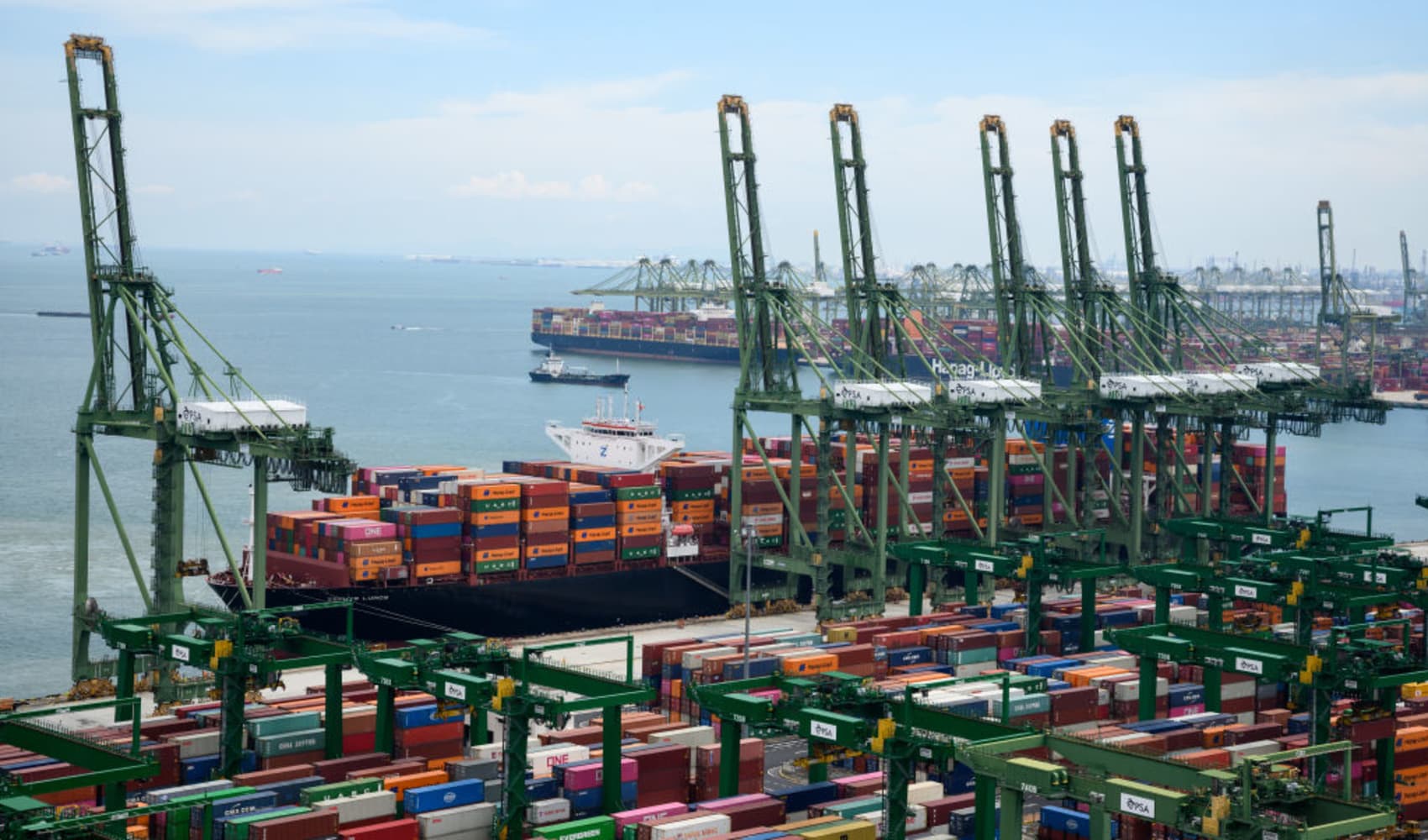
- The U.S. benchmark hit a nine-month low of $69.19 earlier in the session after plunging more than 4% on Tuesday.
- Prices are under pressure as the market is worried that supplies will rise as demand falters.
- The sell-off has fueled speculation that OPEC+ could delay production increases.
U.S. crude oil fell more than 1% on Wednesday, tumbling below $70 per barrel and raising speculation that OPEC+ could delay production increases scheduled to begin next month.
The U.S. benchmark hit a session low of $68.83, the lowest level since Dec. 13, after plunging more than 4% on Tuesday. U.S. crude and global benchmark Brent have erased all gains for 2024.
Get top local stories in Philly delivered to you every morning. Sign up for NBC Philadelphia's News Headlines newsletter.
"With demand growth uncertain and significant supply outages looking unlikely, all eyes are again on OPEC+," Svetlana Tretyakova, senior analyst at Rystad Energy, said in a note Wednesday. "Until OPEC+ clarifies its strategy, overall bearishness will persist."
Here are Wednesday's closing energy prices:
- West Texas Intermediate October contract: $69.20 per barrel, down $1.14, or 1.62%. Year to date, U.S. crude oil has fallen 3.4%.
- Brent November contract: $72.70 per barrel, down $1.05, or 1.42%. Year to date, the global benchmark has declined 5.6%.
- RBOB Gasoline October contract: $1.96 per gallon, down more than 1 cents, or 0.8%. Year to date, gasoline has pulled back 6.7%.
- Natural Gas October contract: $2.14 per thousand cubic feet, down more than 5 cents, or 2.6%. Year to date, gas is 14.7% lower.
Oil prices have been under pressure after weak manufacturing activity in the U.S. and China reignited worries about an economic slowdown. Equity markets also sold off Tuesday, with the S&P 500 booking its worst day since the early August rout.
Money Report
"The China story has been the big headwind for oil this year," Helima Croft, global head of commodity strategy at RBC Capital Markets, told CNBC's "Squawk on the Street" on Wednesday. "It has been underwhelming Chinese demand — we've seen it in terms of lower imports, lower refinery utilization rates."
Meanwhile, OPEC+ has plans to increase oil production in October, and a deal to resolve a political dispute in Libya could end disruptions to supplies from the North African country.
Reports on Friday indicated that eight OPEC+ members still planned to hike production by 180,000 barrels per day in October, but the group had made clear in June that the decision could be reversed subject to market conditions.
"The market reaction to these supply stories shows how weak sentiment in the oil market is currently," Giovanni Staunovo, a strategist at UBS, told clients in a Wednesday note.
But three sources indicated to Reuters on Wednesday that the group might now consider delaying the October production boost.
"We also wouldn't read much into the reported monthly production increases," Staunovo wrote. "With prices now depressed, it's possible those increases will be paused."
Crude sales remain important to finance Saudi Arabia's economic modernization project Vision 2030, Croft said. "I don't think this is an optimal price for many members of OPEC," she said.
It is also unclear if the deal in Libya will actually hold, Staunovo said. Fundamentally, the market remains undersupplied as oil inventories have been declining since May despite weak demand in China, he said.
UBS believes the market is too pessimistic and Brent prices will recover to $80 per barrel in the coming months. "Hence, we continue to recommend risk-seeking investors to sell the downside price risks in crude oil," Staunovo said.






